Ontario - Grade 7 Math - Full Year Bundle - New 2020 Curriculum
Ontario - Grade 7 Math - Full Year Bundle - New 2020 Curriculum
Interested in a bundle? Shop below instead!
Couldn't load pickup availability
PRODUCT PREVIEW
Grade 7 - New Ontario Math Curriculum 2020 – This bundle covers all expectations in the Grade 7 - New Ontario Math Curriculum. Included are 1348 activity sheets for your students to learn the overall and specific expectations outlined by the Ministry of Education. THIS BUNDLE INCLUDES BOTH THE DIGITAL AND PDF VERSIONS!
Strand B - Number (Number Sense and Operations)
Concepts that are covered:
- Whole numbers to one billion
- Perfect squares and square roots
- Comparing and ordering rational numbers – fractions, decimals, and integers
- Equivalent fractions and simplifying fractions
- Generating fractions and decimals between other fractions and decimals
- Rounding decimal numbers
- Converting fractions, decimal numbers, and percents
- BEDMAS with and without exponents
- Evaluating exponents
- Understanding percents and how to apply sales tax (13%)
- Understand the relationship between fractions, decimal numbers and percents
- Mental math – determining percentages (1%, 5%, 10%, 25%, 50%) using various strategies like scaling
- Adding and subtracting integers and fractions
- Determining the greatest common factor and lowest common multiple
- Using powers of 10
- Multiplying and dividing fractions and decimal numbers
- Identifying proportional and non-proportional relationships in various situations.
- 3 Unit Tests
Strand C - Algebra (Patterns, Equations, Coding)
- Extending growing and shrinking patterns
- Translating growing and shrinking patterns using tables of values and graphs
- Increasing/Decreasing patterns using all 4 operations (addition, subtraction, multiplication and division)
- Determining pattern rules to extend patterns
- Representing patterns in table of values
- Constant rates and initial values
- Representing patterns using algebraic expressions to help solve for any term in a pattern
- Linear patterns – analyzing patterns in graphs
- Creating and describing patterns using whole numbers and decimal
- Positive and negative integers in patterns
- Exponents in patterns
- Adding and subtracting monomials with a degree of 1
- Solve equations that involve multiple terms
- Solve inequalities that involve multiple terms
- Graph inequalities using a number line and a cartesian plane
- Writing code that solves a problem
- Defined counts and concurrent coding
- Conditional codes – if/then statements
- 3 Unit Tests – 1 for each strand: Patterns, Equations, and Coding
Strand D - Data (Data Literacy and Probability)
- Why we use percentages to represent a variable for a population
- Difference between qualitative and quantitative data
- Difference between primary and secondary data
- Understanding the importance of random sampling
- Interpreting bar graphs, broken-line graphs, multiple-bar graphs, and circles graphs
- Creating bar graphs, broken-line graphs, and circle graphs
- Determining the mean, median, and mode of data sets
- Determining the impact of adding or removing data from a data set on the mean, median, and mode
- Finding the missing value in a data set using the mean
- Determining outliers in a data set and explaining what outliers could represent
- Creating an appropriate scale for a variety of graphs as well as labels
- Creating and interpreting infographics
- Drawing conclusions about different sets of data
- Thinking critically about misleading graphs
- Creating misleading graphs
- Using fractions, decimals, and percents to represent the probability of multiple events
- Understanding the difference between theoretical and experimental probability
- Understanding the difference between dependent and independent events
- Comparing theoretical and experimental probabilities of independent and dependent events
- Using tree diagrams to represent independent and dependent events
Strand E - Spatial Sense
- Rotational symmetry
- Plane symmetry
- Geometric properties of cylinders, prisms, and pyramids
- Drawing top, front, and side views of objects
- Perspective drawings using one-point perspectives and multiple vanishing points
- Drawing and interpreting scaled drawings
- Enlargements and reductions of figures
- Performing and describing dilations using scale factors
- Translations, reflections, and rotations of up to 360 degrees on a cartesian plane
- Describing the relationship between volume and capacity – converting volume and capacity
- Solve problems involving perimeter, area, and volume that require converting from one metric unit to another
- Understanding the relationships between radius, diameter, and circumference of a circle
- Drawing circles based on the radius, diameter, or circumference
- Calculate the radius, diameter, circumference, and area of a circle
- Find the surface area and volume of 3D objects using nets
- Investigating the relationship between the area of the base and the height of cylinders and prisms
Strand F - Financial Literacy
- Top 10 most valuable currencies worldwide
- Converting currencies to Canadian (CAD)
- Comparing the values or different currencies
- Answer word problems that involve currency exchanges
- Assignment – Researching currencies – denominations, value, exchange rate to CAD
- Reliable sources of financial information
- Certified Financial Planners – CFPs
- Unreliable sources of financial information – misinformation
- Creating personal budgets – income, earnings, expenses, and savings
- Analyzing pre-made budgets that are made for a scenario (e.g. saving for college)
- Business budgets
- Factors affecting financial decision making
- Creating pros and cons lists to help with making financial decisions
- Interest rates – borrowing and investing
- Cost of borrowing over time
- Earnings actualized by investing long-term (compound interest)
- Comparing interest rates and fees for different bank accounts
- Comparing fixed-rate loans and variable-rate loans
- Determining when fixed-rate or variable-rate loans are better for different scenarios
**Answer Pages for all worksheets are included
Share
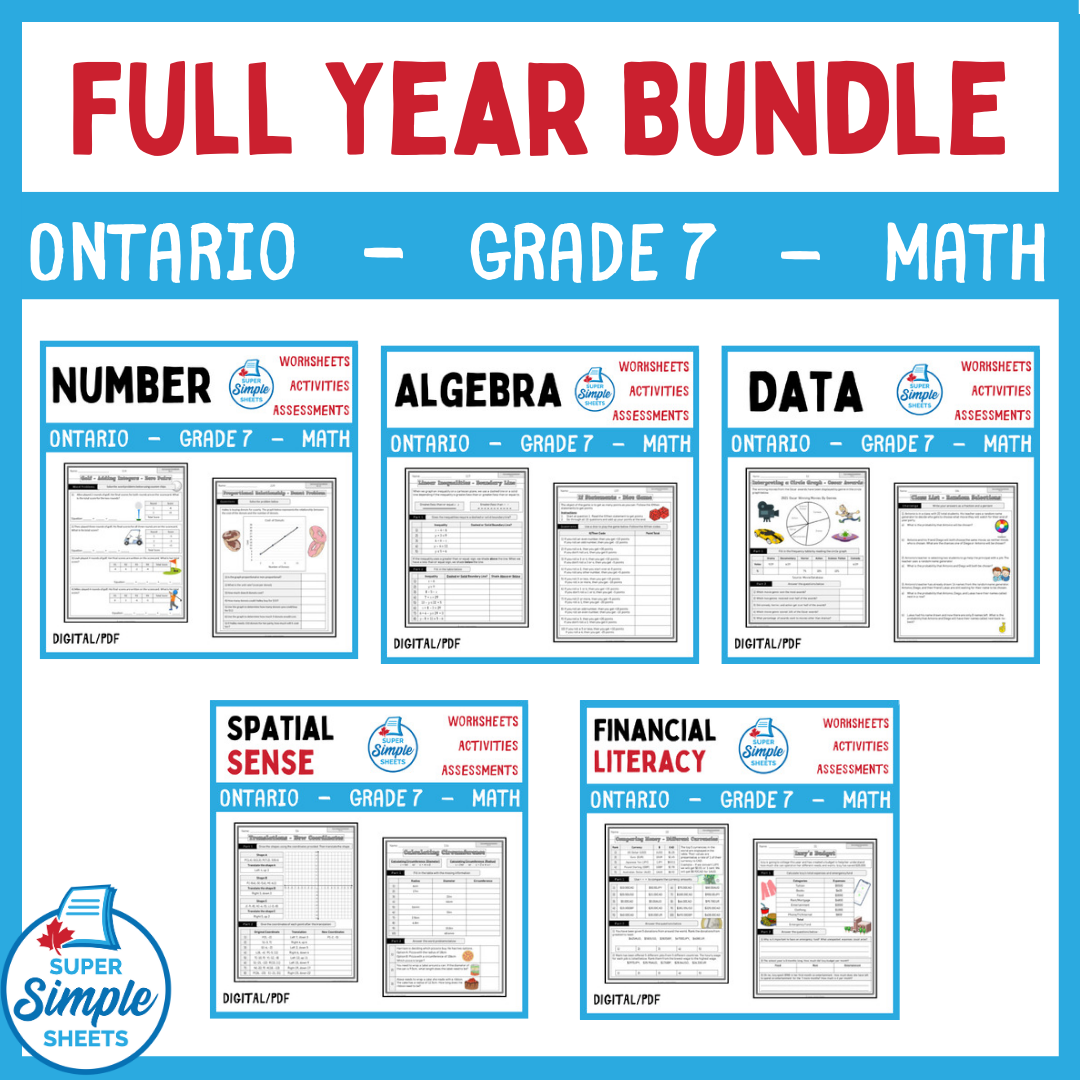
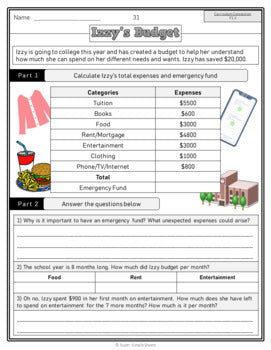
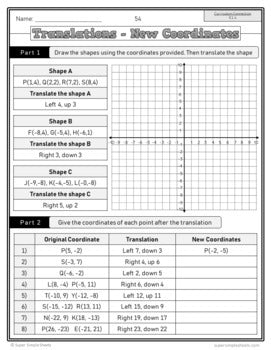
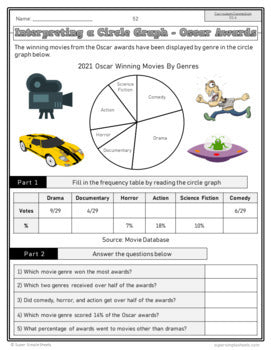
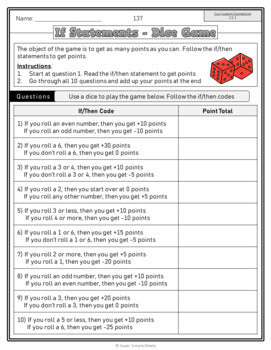
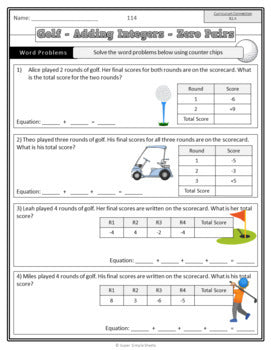
This resource is easy to follow and saves so much time planning! I’ve used the math resource for numerous grades and I keep coming back to it!
These resources were excellent and made my planning so much easier. They go over everything, things I didn’t even realize I should go over, and it helped me so much!
Great resource allows students to practice the skills. Students also enjoyed working in the sheets
I’m a tutor, not a classroom teacher, and SSS has saved me hours of prep time. It also allows me to more closely follow what my students are learning in school.









